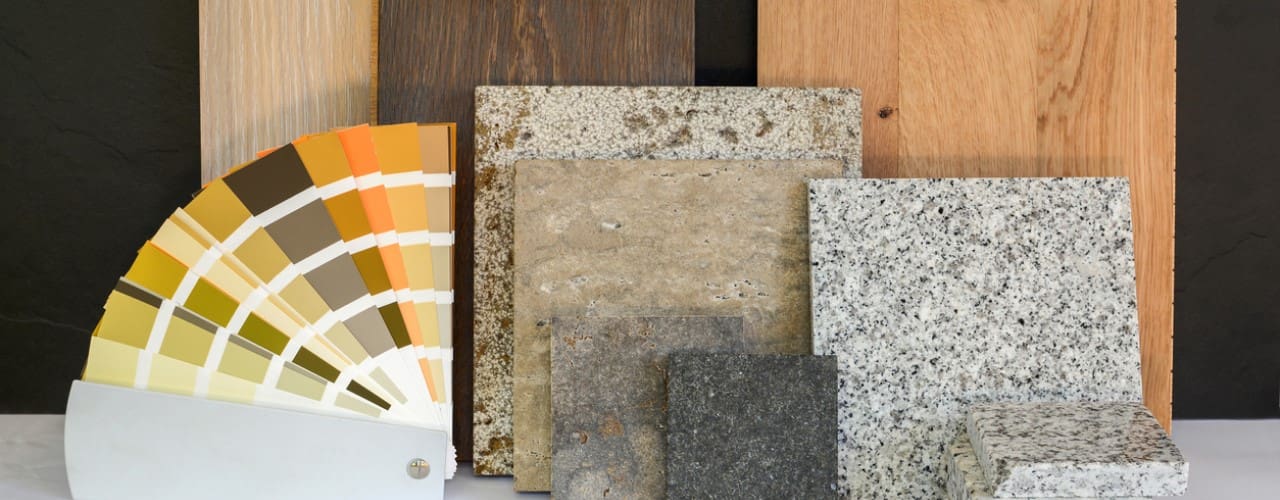How to Move Towards Sustainable Construction?
How to Move Towards Sustainable Construction?
Creative construction touches everything from cultural events to retail environments, impacting our landscapes and cityscapes. However, as we become more aware of our environmental responsibilities, there’s a pressing need to steer this sector towards more sustainable practices. Let’s discuss how creative construction, encompassing a wide range of applications, can lead the movement towards sustainability in the industry.
Sustainable Construction
Sustainable construction involves developing projects in an environmentally friendly way, considering everything from the choice of materials to the construction processes and the building’s life cycle management. The ultimate goal is to minimise the environmental impact while sustaining, if not increasing, the quality of what is built. This broad perspective encompasses energy efficiency, durability, and the use of renewable resources.
In creative construction, sustainability should not be an afterthought but a core component of every project. This approach allows for the creation of spaces that are not only visually appealing and functional but also environmentally conscious. By integrating sustainable practices from the ground up, companies in this field are setting a new standard in the industry. Adopting sustainable and creative construction practices involves several key strategies that can transform the way projects are conceived and executed:
1. Utilising Innovative Materials
The selection of sustainable materials is a cornerstone of eco-friendly construction, pivotal to reducing the environmental impact of projects across all industries. Here’s a deeper look into some of the sustainable materials commonly used and their benefits:
Recycled Steel
Steel is one of the most commonly used materials in construction due to its durability and strength. Opting for recycled steel reduces the demand for virgin resources and significantly lowers the energy consumption and carbon emissions associated with steel production.
Sustainably Sourced Wood
Wood is a renewable resource, but its sustainability is highly dependent on how it is harvested. Sustainably sourced wood comes from forests managed under rigorous environmental, social, and economic standards, ensuring that harvesting practices promote regeneration, biodiversity, and protection of ecosystems. Certified, sustainably sourced wood helps prevent deforestation and habitat destruction and is ideal for various construction applications, from framing to decorative elements.
Additional Sustainable Materials
- Bamboo: Fast-growing and robust, bamboo is an excellent alternative to traditional hardwoods for flooring, panelling, and structural elements in lighter constructions.
- Recycled Plastics and Composites: These materials are increasingly used in construction for components like panels, tiles, and structural elements. They help divert waste from landfills and reduce the use of virgin materials.
- Green Insulation Materials: Options like cellulose (recycled paper), sheep’s wool, and cork are renewable and have lower embodied energy than traditional insulation materials. They provide excellent thermal and acoustic properties.
2. Energy-Efficient Design
Energy-efficient design is fundamental in sustainable construction. It focuses on maximising natural resources and innovative technologies to minimise energy consumption. Utilising architectural layouts that enhance the ingress of natural light reduces the need for artificial lighting and helps maintain consistent indoor temperatures, cutting down on heating and cooling costs.
Additionally, incorporating smart HVAC (Heating, Ventilation, and Air Conditioning) systems allows for more precise control of indoor climates, significantly improving energy efficiency. These systems can automatically adjust settings based on occupancy and weather conditions, ensuring optimal comfort while reducing energy waste. This approach contributes to a lower carbon footprint and substantially saves energy costs, making buildings more sustainable and cost-effective in the long run.
3. Reducing Pollution
Reducing pollution is a critical objective in creative construction, achieved through innovative practices and technologies that minimise environmental impact. Projects can significantly decrease air and soil contamination by employing construction techniques that reduce dust and emissions, such as using water sprays and environmentally friendly, non-toxic materials. Additionally, incorporating electric-powered construction machinery and vehicles reduces the reliance on diesel, reducing greenhouse gas emissions. These practices help maintain cleaner air and a healthier ecosystem around the construction site and align with broader goals of sustainable development and corporate environmental responsibility.
4. Waste Reduction Techniques
Effective waste reduction is essential in creative construction, particularly for projects with temporary installations where materials are frequently discarded post-event. This goal is achievable through careful planning and the adoption of robust recycling and reuse strategies. By designing projects with modularity and disassembly in mind, materials can be easily dismantled and reused in subsequent projects, significantly reducing waste.
Additionally, employing practices such as sorting waste on-site for recycling helps ensure that materials like metal, wood, and plastic are recovered and repurposed rather than ending up in landfills. These strategies not only help reduce the environmental impact of construction activities but also promote sustainability and cost efficiency across projects.
5. Water Management
Implementing efficient water management systems is pivotal in sustainable construction, particularly for projects with temporary or semi-permanent structures where water conservation is not typically prioritised. Integrating systems like rainwater harvesting collects and stores rainwater for on-site uses such as irrigation, toilet flushing, or even cooling systems significantly reduces the demand for municipal water. Greywater recycling, which involves reusing water from sinks, showers, and laundries, can also be utilised for similar non-potable purposes. These systems are environmentally beneficial and cost-effective, particularly in areas with water scarcity issues. By planning for water efficiency from the outset, construction projects can greatly diminish their overall water footprint, contributing to broader water conservation efforts and sustainability goals.
As the construction industry continues to evolve and expand into various creative sectors, integrating sustainable practices becomes more critical. By adopting these practices, the industry meets current environmental and social expectations and sets a progressive standard for the future.
Still Have Questions?
Our friendly team is here to help you out.

